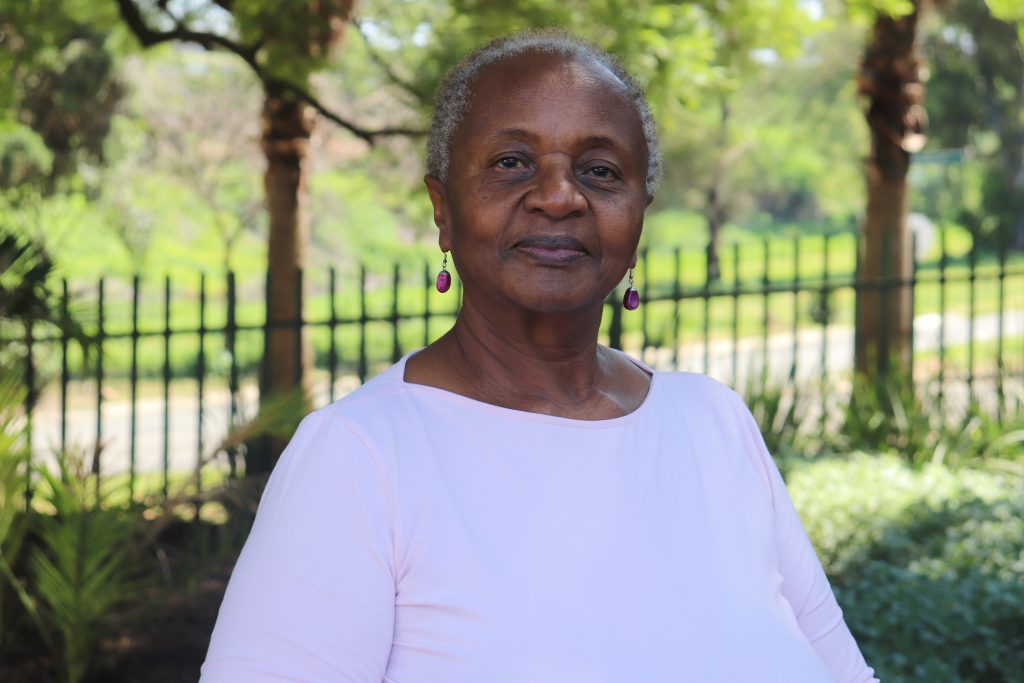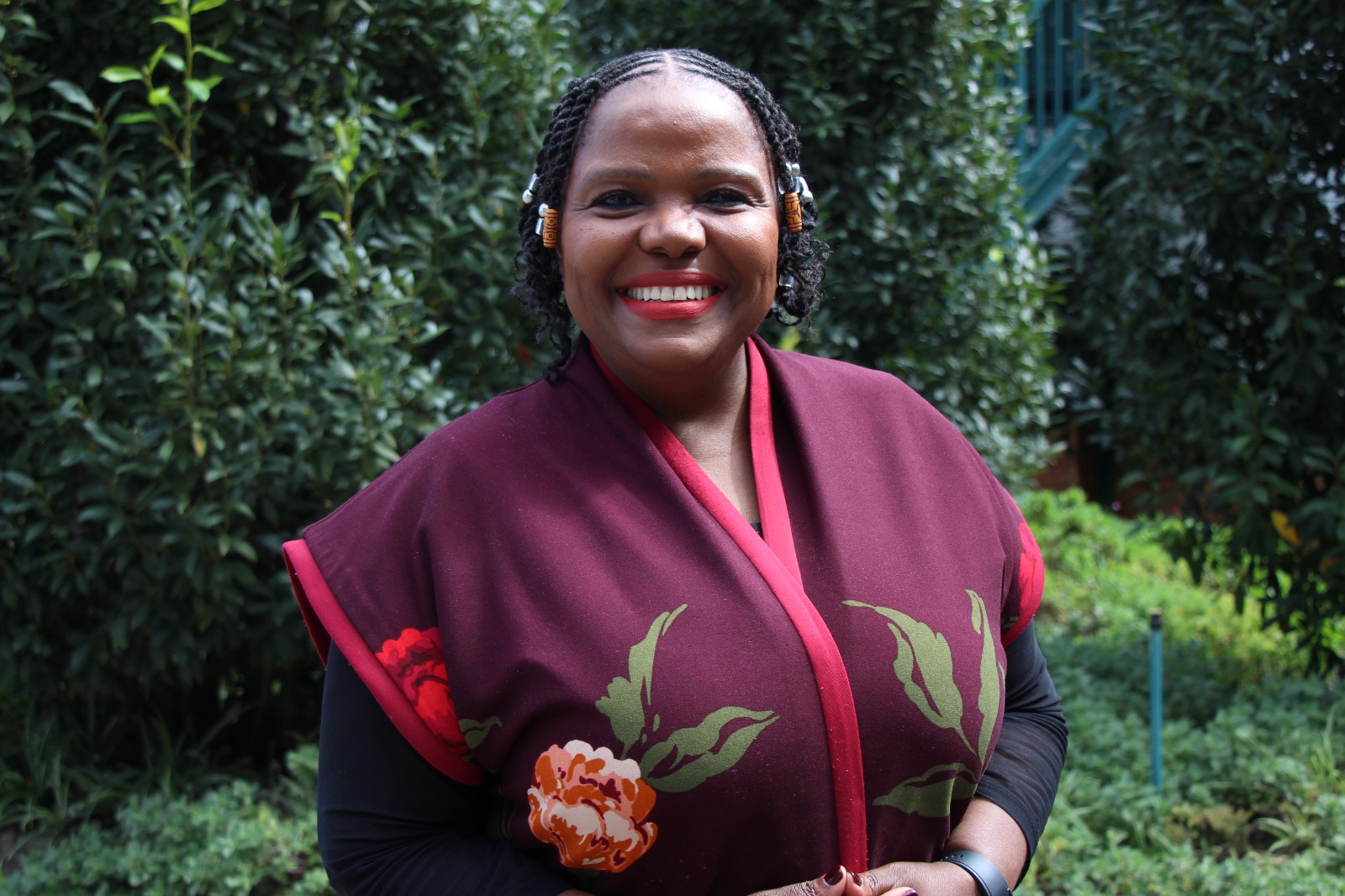Back then, there were no crèches. Early child development took place outdoors, where children played with one another from morning until their parents returned from work. It was fun, and there was much to learn from the older boys and girls who were already at school. They proudly showed off their writing skills by writing their names in the sand or teaching us to count up to 10 or even 20, using maize kernels, lucky bean seeds, or small stones. We all knew which of the older children were patient teachers, and we jostled to be in their playgroup.
Stories That Shaped Early Child Development at Home
Both my parents were teachers, and my earliest memory of listening to a story being read was when my mother sat with my younger sister and me, reading from a small hardcover lime-green book. It told the adventures of a clever rabbit and her family. My favourite part of the story was when they went on a picnic one Sunday afternoon – oh, how I wished I could have joined them. The pictures in the book captured my imagination.
My sister and I named the river that ran past the picnic spot Lily, watched sheep grazing nearby, and played games where we earned points by naming the colours of the flowers in the meadow. Many years later, I had the pleasure of reading the same book to my own children.
First School Days and Early Child Development in the Classroom

On my first day of school, I proudly wore my green school uniform with white socks and black shoes. That was the first and last day I wore socks and shoes, as I was almost the only child in the elementary section with shoes on. I felt awkward and, by break time, had taken them off and carefully placed them at the bottom of my school bag.
Learning to Write: A Milestone in Early Child Development
My classroom stood on raised ground – a long room with square openings for windows, but no glass to shut out the elements. On hot days, it was pleasant to sit near the window; on rainy days, our teacher, Mrs Khumalo, would help us move the desks away from the wet. Occasionally, a wandering cow would poke its head into the classroom, mooing loudly to our amusement.
There were about 13 of us in sub-B – eager young learners. Our day started early. This was a mission school where priests and nuns valued discipline. Everything followed strict timelines. Before school, sub-A and sub-B classes (equivalent to today’s grades 1 and 2) gathered for assembly and prayers, led by the headmistress, a nun. We secretly hoped these sessions would run long, as this shortened arithmetic, the first lesson of the day.
At the start, arithmetic was easy thanks to what we’d learnt from older children. But as time passed, it grew more challenging. Being practical by nature, I failed to see the point of adding 1 + 3 or any other numbers written on the board. The relevance of this exercise was never explained.
After all, this was a time when only the teacher had a textbook, and everything we needed to know was written on the board.
Foundations of Writing in Early Child Development
My worst memories of Little St Augustine’s relate to how long it took before we were allowed to write in exercise books. Before that, we practised Arithmetic and English in the sand outside. A smooth patch of fine sand was ideal for writing. First, we used our forefingers to trace perfect letters and numbers. Only when Mrs Khumalo was satisfied with our progress could we use a small stick resembling a pencil.
The next step was a black slate and a piece of chalk for practice at home. Needless to say, there was fierce competition to earn the right to use an exercise book. This competition made us take these practice sessions very seriously.
It was a huge relief when I finally graduated from a slate board to an exercise book and a brand-new pencil, sharpened by Mrs Khumalo.
Break Time, Play, and Early Child Development
Break time meant playing in the field below. Games included chasing, tickling, and sharing whatever was in our lunch boxes.
Home time was 12:30, but before leaving, we had to stand and recite the Angelus prayer after the loud bell from the church. Even if you were walking, you had to stop and say,
“Hail Mary, full of grace, blessed is thy womb that bore our Lord Jesus Christ. Mother Mary, pray for us sinners now and for evermore. Amen.”
I have often wondered what sins I had committed at that tender age to warrant such prayers.
Health Interventions During Early Child Development
One of the most memorable days of my early schooling was when a green jeep appeared behind the classrooms. Two men – one white, the other black – dressed in long white coats, set up a table with boxes and bottles. Before long, we were summoned to line up outside. Without much explanation, we were told to roll up our sleeves. One man jabbed our left shoulders, the other gave us a pink sweet that melted instantly.
No letters of consent had been sent home, nor were we children told what was happening. I assume the headmistress had given them permission to administer the TB vaccine and a polio booster. We only learned later that there had been a serious TB outbreak, and the government was ensuring all children under 13 were vaccinated.
Modern concepts of human rights, democracy, and parental autonomy were foreign back then. But do not get me wrong – I am not complaining. I believe those vaccinations saved many of us, myself included, from illness or even death.
Next: Moving Beyond Early Child Development
In my next episode, I shall recount my experiences of what was then known as upper primary.
(Dr Linda Chipunza is responsible for Student Support at The DaVinci Institute.)




Leave a Reply